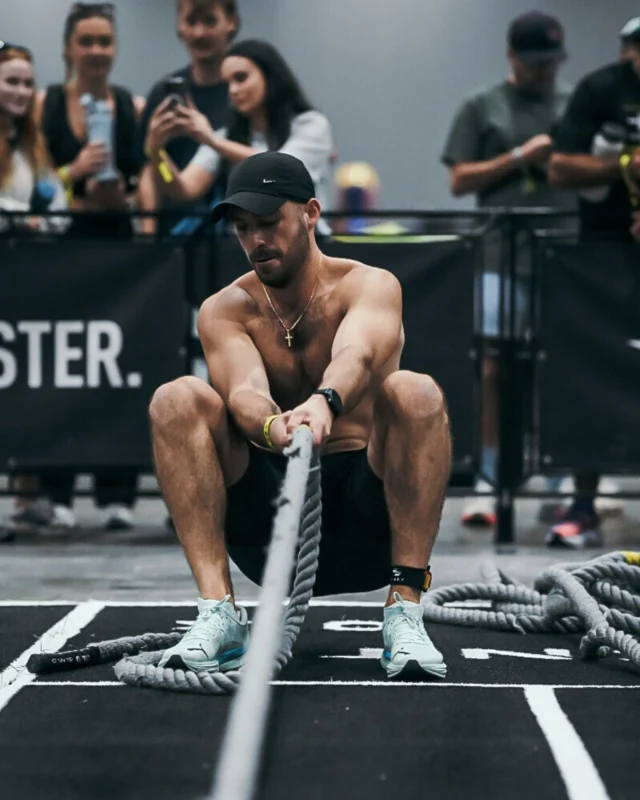As the human body magically appeared and was remodelled through evolution, someone chose the buttock muscles, or gluteals, to serve as our engine for running. Adequately functioning gluteals provide us with the support we need for both running performance and injury prevention.
The gluteal muscle group comprises three main muscles (as pictured)
Gluteus Maximus
Gluteus Medius
Gluteus Minimus
The gluteals have several different tasks to complete during the running stride. Researchers have measured muscle activity to work out which muscles play the biggest role and when. Here are just a few of things they found regarding the importance of the gluteals:
They prepare the leg to make contact with the ground by decelerating the thigh.
They help to propel you forward by extending the hip in stance phase – particularly the Gluteus Maximus.
They help to stabilise your pelvis and whole body, and provide a cushion to impact – particularly the Gluteus Medius (a crucial role!).
So for the runners amongst you, especially those with running related pain, you might be starting to grasp the fact that inadequate gluteal function might be a significant contributor to your problem. Of course your pain may well be multi-faceted, requiring a thorough assessment, however evidence suggests gluteal weakness and altered function to be a known risk factor for multiple injuries/syndromes; some of the more common ones being:
Patellofemoral knee pain (pain at the front of your knee)
Iliotibial Band Friction Syndrome (ITBFS)
‘Shin splints’
Achilles Tendinopathy
That’s right, the strength of your buttocks can affect your ankle. If you take another look at the importance of the gluteals, think about the load on the rest of your lower limb if the gluteals are failing to cushion the ground force, propel you forward, and/or stabilise your body – it makes the rest of you work harder which can lead to overuse and injury in other areas.
More specifically, the Gluteus Medius works hard to prevent the pelvis from dropping down and your thigh angling inwards (as pictured). Look at what happens to the rest of your lower limb when your Gluteus Medius isn’t giving you the stability that you need; it’s like a domino effect.
When it comes to running we want our energy to be utilised to move us forward, rather than from side to side. This not only helps from an efficiency point of view, but minimising sideways strain and uneven load minimises the risk of injury. This is even more important for female runners as the demand for pelvic stability is greater due to having wider hips. This changes the line of muscular pull and lower limb joints which may explain the higher incidence of knee and hip pain in female runners.
The only good thing about having poorly functioning gluteals is that YOU CAN CHANGE and improve their function with specific gluteal exercises to kick your buttock into gear.
As you can see, well-functioning gluteals are vitally important when it comes to running in order to maximise performance and reduce the risk of injury. If you are someone who has any form of niggling pain with running, or you would simply like to know how to improve your performance, book an appointment at our Sydney CBD Physio clinic with Blake or Ben to get the most out of your running.





